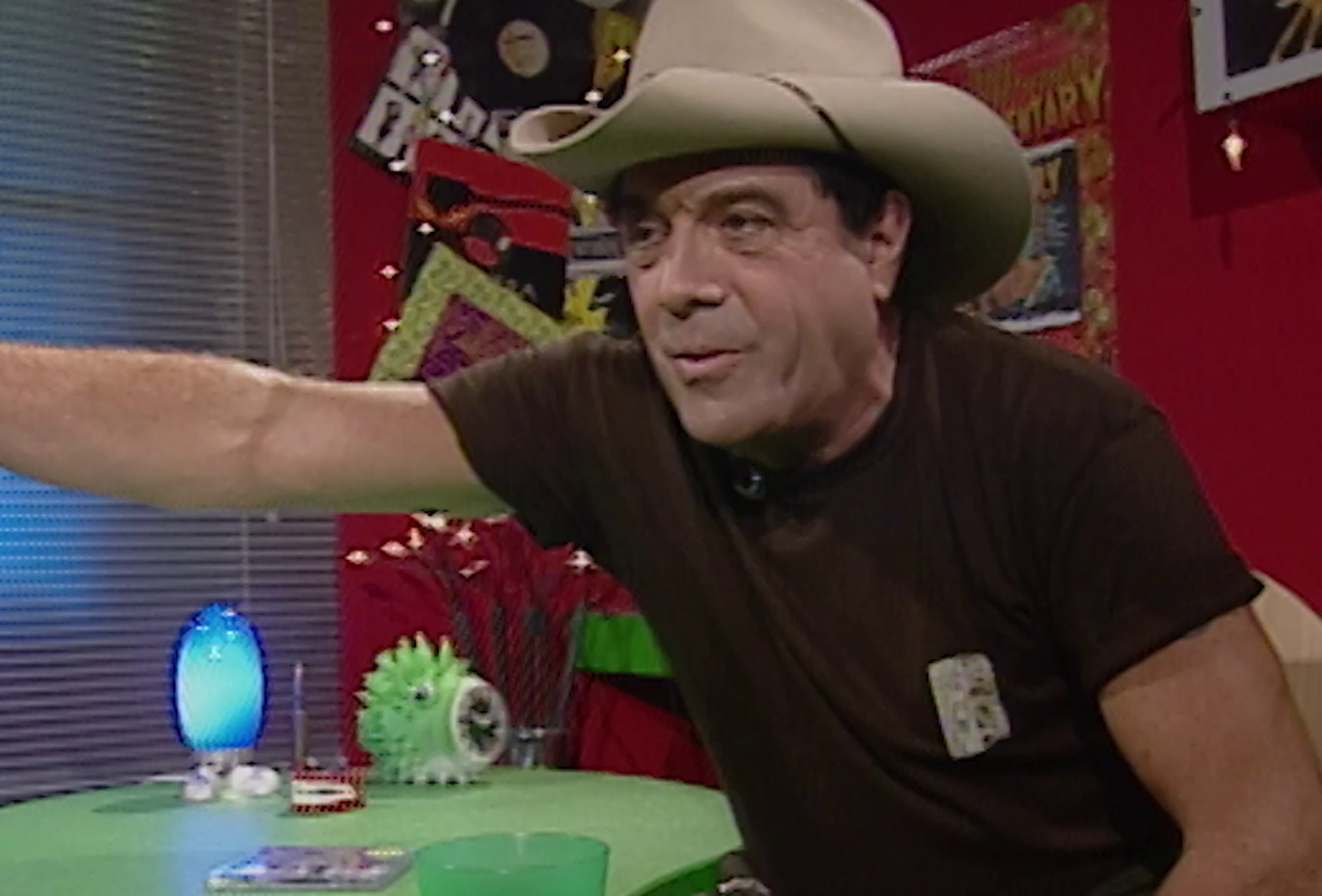
Melbourne Cup 1896: Crowd near the grandstand
This clip shows the crowd at what is probably the Melbourne Cup during the Spring Carnival of 1896. The gathered crowd stroll through the shot while the Flemington Racecourse grandstand can be seen in the background.
Summary by Elizabeth Taggart-Speers.
Although the camera remains still during this clip as indeed in the rest of the film, Sestier captures the crowd at Flemington Racecourse with an eye for composition.
Melbourne Cup 1896 synopsis
This film documents the 1896 Melbourne Cup horse race including footage of the crowd watching the race.
Melbourne Cup 1896 curator's notes
Marius Sestier shot this film using a Lumiere Cinématographe that he balanced on a tripod to ensure the camera remained steady.
This film is one of the earliest Australian films to tell a story by presenting the footage in chronological order. The Bulletin (28 November 1896) commented how 'beautifully appropriate’ it was 'that the first Australian picture presented by the new machine should be a horse race’.
Melbourne Cup 1896 was screened not only in Australia, but also in London, St Petersburg and Paris soon after the first French cinema was opened that same year. It was believed to be Australia’s earliest surviving film until the discovery of Patineur Grotesque (1896), which Sestier shot only a few days prior to the Melbourne Cup.
Throughout the film you can see Walter Barnett, the producer of the film, encouraging action and movement by directing the crowd to wave their hats. Although this film is recorded as actuality footage, this manipulation of the action not only indicates the general unfamiliarity people had with moving image but also puts a personal perspective onto Sestier’s story.
Notes by Elizabeth Taggart-Speers
The National Film and Sound Archive of Australia acknowledges Australia’s Aboriginal and Torres Strait Islander peoples as the Traditional Custodians of the land on which we work and live and gives respect to their Elders both past and present.


